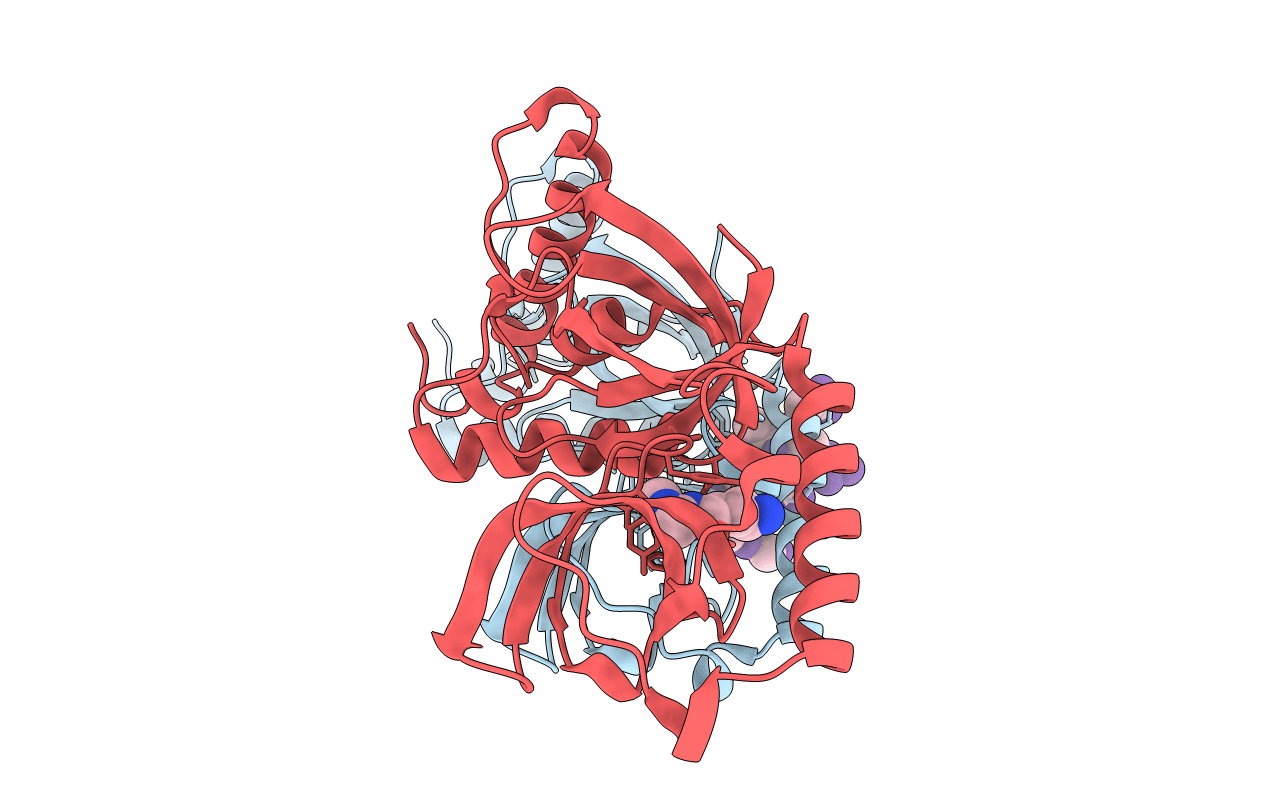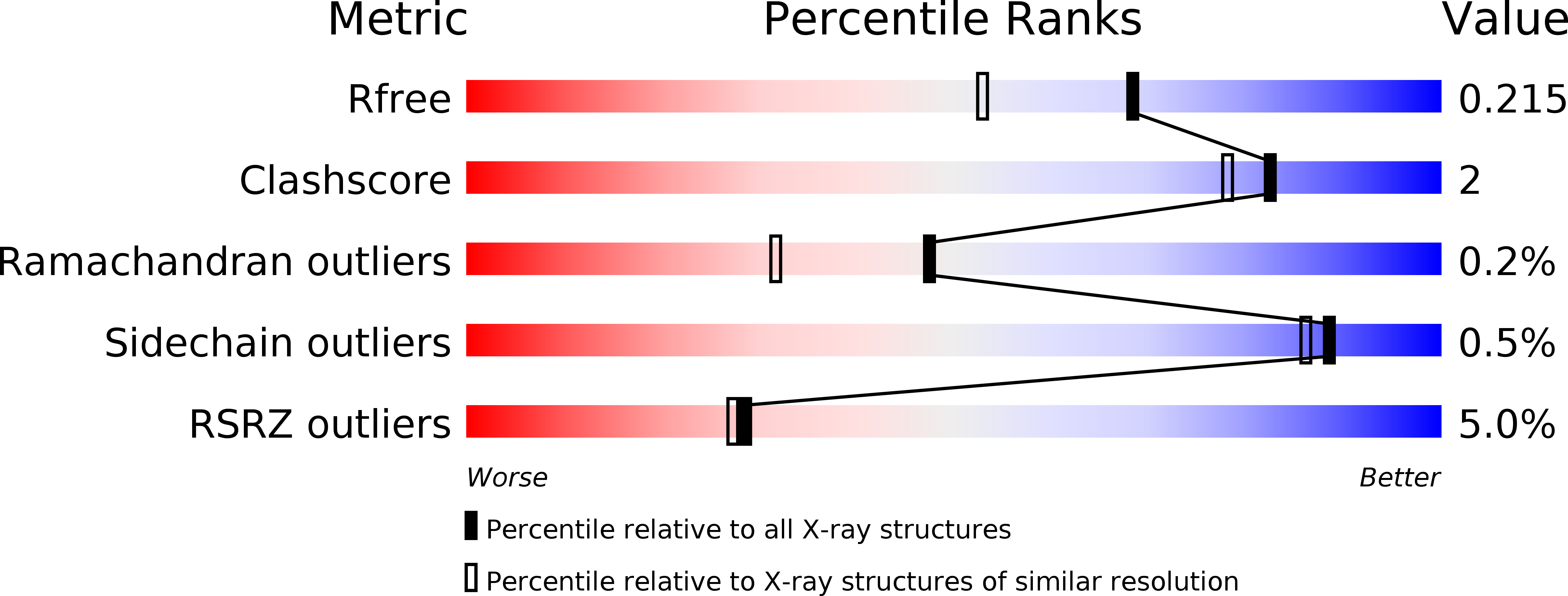
Deposition Date
2010-08-26
Release Date
2010-09-15
Last Version Date
2024-11-20
Entry Detail
PDB ID:
3OMC
Keywords:
Title:
Structure of human SND1 extended tudor domain in complex with the symmetrically dimethylated arginine PIWIL1 peptide R4me2s
Biological Source:
Source Organism:
Homo sapiens (Taxon ID: 9606)
synthetic construct (Taxon ID: 32630 )
synthetic construct (Taxon ID: 32630 )
Host Organism:
Method Details:
Experimental Method:
Resolution:
1.77 Å
R-Value Free:
0.21
R-Value Work:
0.17
R-Value Observed:
0.18
Space Group:
P 1 21 1


